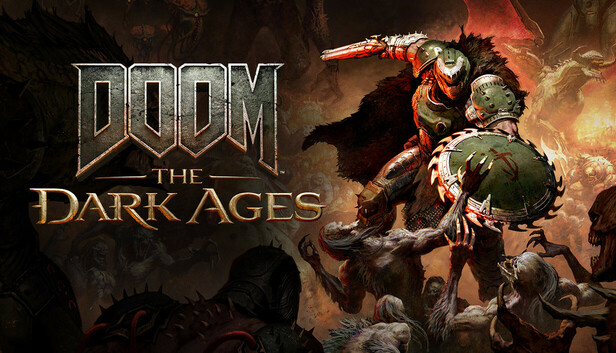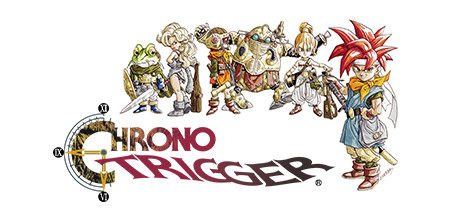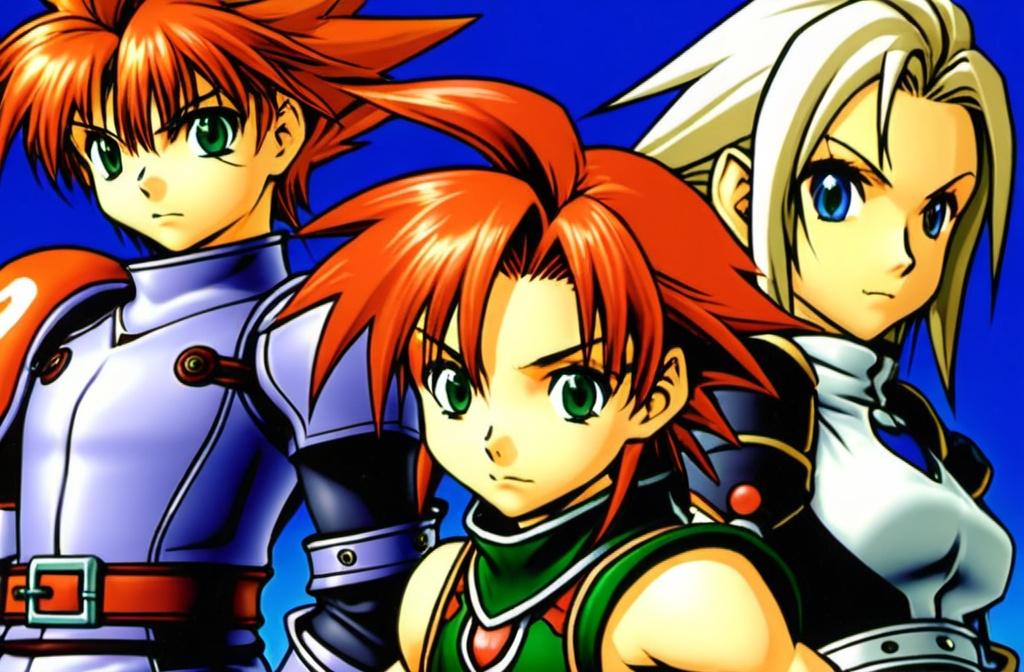Game data not found.
Wizardry Nemesis is a captivating entry in the famed Wizardry series, diverging from its predecessors with a fresh approach to storytelling and gameplay. Released in 1996 by Sir-Tech Software, this game marked a distinctive shift in the series’ legacy, adopting a more narrative-driven and immersive experience. This article delves into the intricate details of Wizardry Nemesis, offering an in-depth review of its story, gameplay mechanics, graphics, sound, and its lasting impact on the gaming world.
Story
Wizardry Nemesis introduces players to a mysterious universe steeped in magical lore and arcane secrets. Unlike previous Wizardry installments, which focused heavily on party-based dungeon crawling, Nemesis opts for a more personal, solitary adventure. The player assumes the role of an unnamed protagonist, a sorcerer drawn to the enigmatic Temple of the Elements in search of a powerful artifact known as the “Fifth Element.” This artifact is rumored to hold unimaginable power, capable of altering the very fabric of reality.
As players delve deeper into the temple’s depths, they uncover layers of intrigue, betrayal, and long-buried secrets. The narrative is rich with atmospheric storytelling, offering journal entries and cryptic messages that piece together the temple’s dark history and the fates of those who ventured before. The protagonist’s journey is not just a quest for power but also a path to uncovering personal truths and confronting the shadows of the past.
Gameplay
Wizardry Nemesis represents a significant shift from the series’ traditional gameplay mechanics. Departing from the classic first-person, turn-based combat, Nemesis adopts a real-time 3D environment that allows for more dynamic exploration and interaction. Players navigate the temple’s labyrinthine corridors, solve intricate puzzles, and battle against a host of magical creatures.
The game places a strong emphasis on exploration and puzzle-solving. Each room within the temple is meticulously designed, with hidden levers, mysterious runes, and interactive elements that encourage players to think critically and observe their surroundings. Combat, while present, is not the central focus. Instead, encounters with enemies serve to enhance the atmosphere and tension, requiring players to use their wits and magical abilities strategically.
Magic plays a crucial role in Wizardry Nemesis. Players can learn and cast a variety of spells, each with unique effects and uses. Mastering these spells is essential for overcoming obstacles and progressing through the temple. The game’s magic system is intuitive yet deep, offering players the freedom to experiment and discover powerful spell combinations.
Graphics and Sound
For its time, Wizardry Nemesis boasted impressive graphics, utilizing 3D rendering to create a visually immersive environment. The temple’s design is both foreboding and fascinating, with each area distinct in its architectural style and ambiance. The use of lighting and shadow adds to the game’s eerie and mysterious atmosphere, enhancing the sense of exploration and discovery.
The sound design in Wizardry Nemesis complements its visuals perfectly. The game’s score is hauntingly beautiful, with ambient tracks that evoke a sense of wonder and danger. Sound effects, from the echoing footsteps to the crackling of magical energy, are meticulously crafted to immerse players fully in the experience. Voice acting, though limited, is effectively used to convey key narrative elements and add depth to the characters encountered within the temple.
Legacy and Reception
Upon its release, Wizardry Nemesis received mixed reviews from critics and players alike. Some praised the game’s innovative approach to storytelling and its atmospheric design, while others lamented its departure from the series’ traditional gameplay mechanics. Despite the divided opinions, Nemesis carved out a niche for itself within the Wizardry series, attracting players who appreciated its unique take on the dungeon-crawling genre.
Over the years, Wizardry Nemesis has garnered a cult following, with fans celebrating its distinct narrative and immersive world-building. The game’s impact is evident in how it influenced future titles in the genre, encouraging developers to experiment with narrative-driven experiences and real-time exploration.
Conclusion
Wizardry Nemesis stands as a testament to the creativity and innovation of its developers, offering a fresh perspective on the classic Wizardry series. Its compelling story, intriguing gameplay mechanics, and atmospheric design have left a lasting impression on the gaming world. While it may not have achieved the same level of commercial success as its predecessors, its legacy endures through its dedicated fanbase and its influence on subsequent RPG titles.
In conclusion, Wizardry Nemesis is a fascinating example of how a beloved series can evolve and adapt, pushing the boundaries of storytelling and gameplay. It remains a cherished entry in the Wizardry franchise, celebrated for its bold departure from tradition and its contribution to the evolution of role-playing games.















